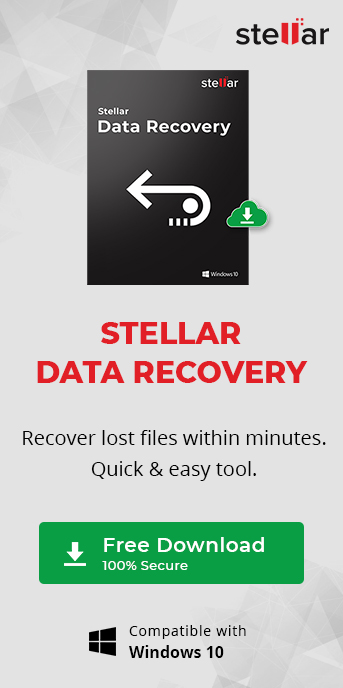This case study delves into the evolving landscape of business financing, specifically exploring the strategic use of technology assets such as patents and software as collateral for securing loans. We examine how businesses leverage their intellectual property to access capital and drive innovation.
Objectives:
- Opportunity Exploration:
Examine the opportunities presented by leveraging technology assets, including patents and software, as collateral for assets based loan. Explore how this approach provides businesses with increased liquidity and financial flexibility.
- Innovation and Growth:
Investigate how businesses use loans secured by technology assets to fuel innovation, accelerate research and development, and promote overall growth within technology-driven sectors.

- Risk Mitigation Strategies:
Analyze the challenges associated with using technology assets as collateral and identify strategic risk mitigation measures. This includes addressing issues related to valuation, legal complexities, and market dynamics.
Opportunity Exploration:
Increased Liquidity for Technology Companies:
By using patents, software, or other technology assets as collateral, businesses can unlock additional liquidity without diluting ownership. This approach provides a tailored financing solution for technology-driven enterprises.
Financial Flexibility for Research and Development:
Securing loans with technology assets allows companies to allocate funds specifically to research and development initiatives. This financial flexibility accelerates innovation, enabling businesses to stay at the forefront of technological advancements.
Strategic Asset Utilization:
Leveraging technology assets as collateral provides a strategic means of utilizing dormant or underutilized intellectual property. This approach transforms intellectual capital into tangible financial resources for strategic initiatives.
Innovation and Growth:
- Research and Development Acceleration:
Companies can deploy the capital obtained through technology assets-based loans to intensify research and development efforts. This facilitates the creation of new products, enhancements to existing technologies, and a continuous cycle of innovation.
- Market Expansion and Competitiveness:
Securing financing against technology assets empowers businesses to expand into new markets. The funds obtained can be directed toward market-specific adaptations, global expansion, and initiatives to enhance competitiveness within the industry.
- Talent Acquisition and Retention:
Access to capital through technology assets-based loan allows businesses to attract and retain top talent. This strategic investment in human capital ensures a skilled workforce capable of driving technological advancements.
Conclusion:
The strategic use of technology assets as collateral for business loans signifies a forward-thinking approach to financing within technology-driven industries. By unlocking the value inherent in patents, software, and intellectual property, businesses not only gain financial leverage but also foster innovation and drive growth. Rigorous risk mitigation strategies, transparent valuation processes, and legal expertise are pivotal in ensuring the success and sustainability of this innovative financing model.




